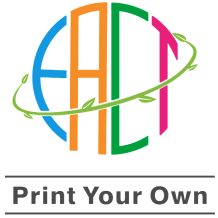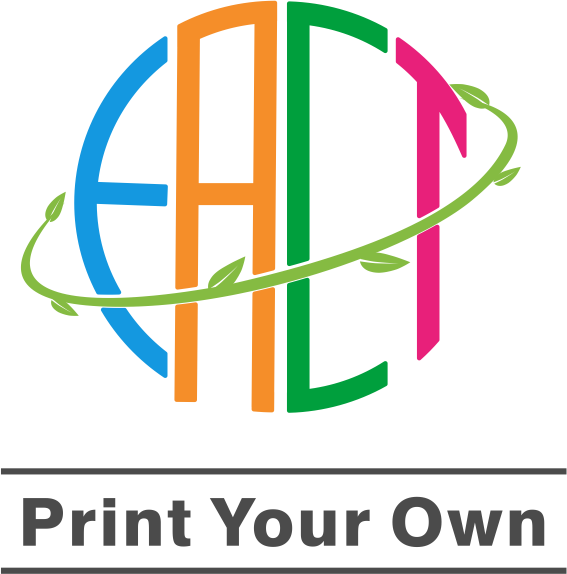The global apparel market continues to evolve as brands seek more flexible, efficient, and high-quality manufacturing partners. Among these, China clothing factories have built a solid reputation for combining advanced printing technologies with professional garment production.
This article explores how modern Chinese factories integrate digital printing, precise cutting, and professional sewing to deliver exceptional results for global clients.
1. Advanced Printing Facilities
In today’s fashion industry, printing is more than just decoration — it defines the identity of the brand.
A modern China clothing factory utilizes a full range of fabric printing methods to meet different material needs, including:
-
Reactive printing for cotton and linen, ensuring vivid colors and superior wash fastness.
-
Disperse printing for polyester, providing bright tones and excellent clarity.
-
Acid printing for silk and delicate fabrics, ideal for luxury lines.
-
Digital printing for small-batch or highly detailed artwork.
These techniques allow precise control over color density and pattern accuracy, ensuring that every design appears as intended on the final garment.
2. Automated Cutting and Fabric Handling
Once the print is confirmed, the fabric moves to the cutting section, where automated machines handle pattern layout and minimize material waste.
The cutting process is not only about precision — it also involves strategic nesting to reduce offcuts and optimize yield.
Professional teams carefully check fabric direction, print alignment, and shrinkage control before sewing begins.
This step ensures that printed patterns align perfectly across seams, a critical factor in achieving premium quality.
3. Skilled Sewing and Assembly Lines
China clothing factories have invested heavily in modern sewing facilities equipped with specialized machines for various garment types — from stretch fabrics to structured cottons.
Operators are trained to follow detailed technical packs and maintain consistent stitch density.
Inline quality checks occur throughout the sewing process, covering aspects like seam strength, thread color matching, and shape retention.
By integrating both craftsmanship and standardized process control, factories can efficiently produce large volumes while maintaining consistent quality.
4. Comprehensive Quality Control System
Every stage — from printing to final packing — is monitored under a strict quality management system.
AQL (Acceptable Quality Limit) inspections are performed on pre-production samples and bulk production batches.
Key parameters such as print accuracy, color fastness, shrinkage rate, and stitching durability are regularly tested.
This approach minimizes risk and ensures that each finished product meets the buyer’s specifications before shipment.
5. Flexible Production and Global Collaboration
China’s clothing manufacturing ecosystem offers unparalleled flexibility. Factories can easily coordinate fabric sourcing, label customization, and packaging under one roof.
This vertical integration shortens lead times, allowing rapid response to seasonal trends or small-batch orders.
Whether it’s a custom collection for a boutique brand or large-scale production for international retailers, the workflow remains efficient, transparent, and dependable.
Conclusion
A modern China clothing factory is more than just a sewing workshop — it is a fully equipped production hub combining custom printing, precise cutting, professional sewing, and reliable quality control.
By merging technology with craftsmanship, these factories continue to provide global buyers with the consistency, creativity, and flexibility needed in today’s fast-changing apparel market.

 USD
USD



